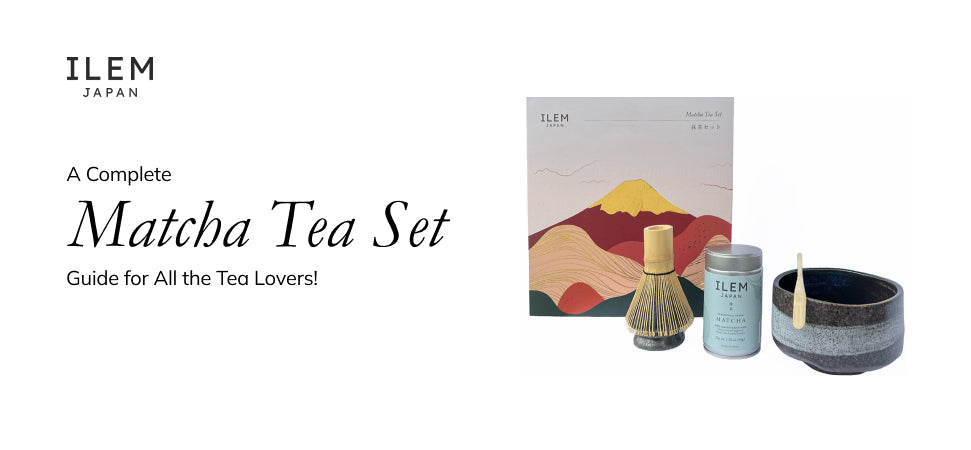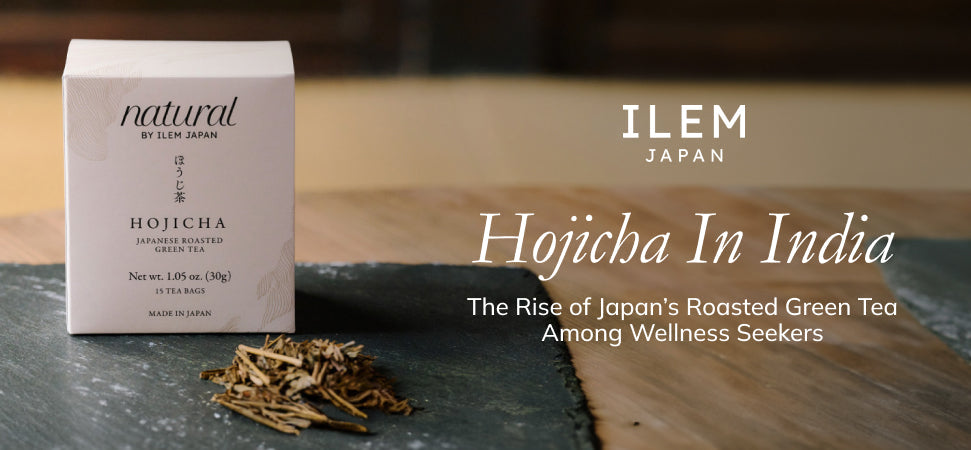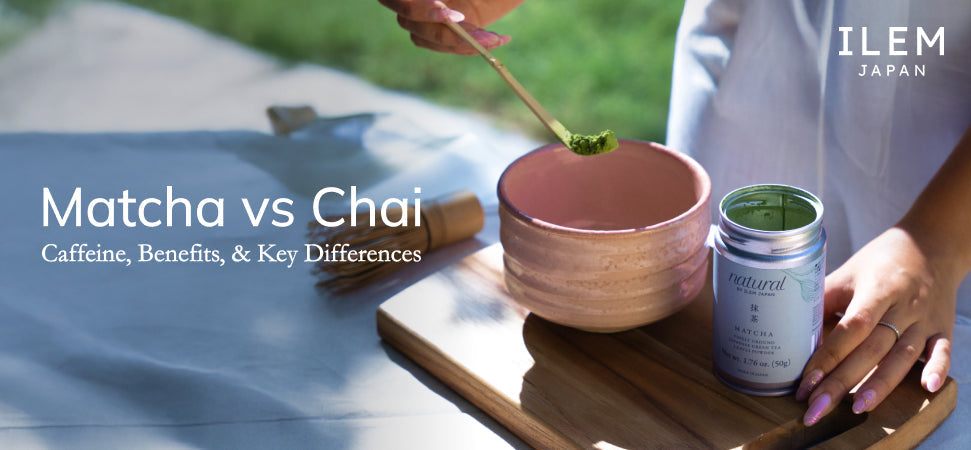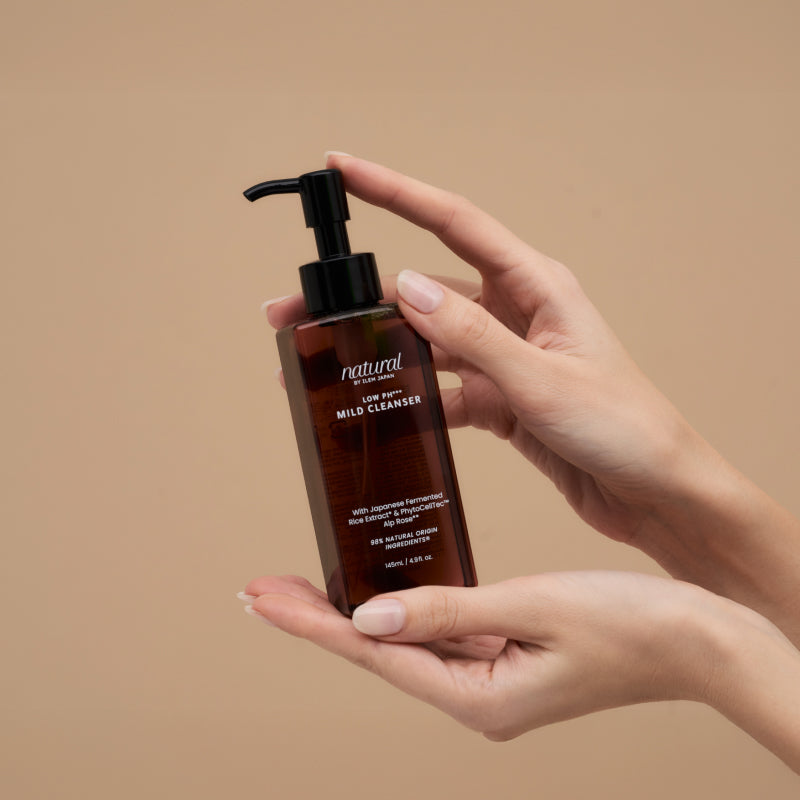Matcha vs. Green Tea: Differences and Benefits
Do you wonder, "How is matcha tea different from Japanese green tea?" If you do, let us tell you this: you are bound to be confused because Matcha tea is green tea.
Wait what? Yes, matcha tea is actually a green tea, but its benefits and components make it better than the rest of the green tea types. They both come from the lands of Japan, carefully cultivated and manufactured to serve you good health in a cup.
Now, as much as they are similar, their differences are stark, making individuals choose one over the other. For this reason alone, we are going to compare these two teas in terms of their flavor profiles, nutritional values, caffeine content, preparation, and more.
What Is Matcha?
Matcha tea is a finely ground powder of leaves of a young Camellia Sinensis plant. And there are three reasons why Matcha is an absolute favorite.
First, the plant undergoes a meticulous double-cover shading, blocking 95% of sunlight. This technique refines the flavour and reduces the tea's astringency, resulting in a smoother taste. Second, during its 20-day shading period, Matcha Tea's distinctive sweetness sets it apart.
Third, the significance of the first harvest. The first harvest yields a slightly bitter brew yet significantly nuttier and creamier because of the nutrients that accumulate from the previous fall.
What Is Green Tea?
When you think of green tea, three types come to mind – Sencha, Genmaicha, and Hojicha.
Sencha Tea
Sencha makes up 80% of Japan's tea production. This means it is the tea that's found in abundance. Maybe the cup of green tea you are having right now is Sencha! Like Matcha, this tea comes from the Camellia Sinensis plant. It is harvested from the upper portion of the plant, where leaves are young and tender. Thus making them fresher and more vibrant.

Sencha tea comes in different varieties as well. These are:
- Shincha
- Asamushi
- Fukamushi
- Honcha
Genmaicha Tea
Genmaicha mixes roasted brown rice grains with premium green tea leaves. The beauty of this tea is the unique blend. It draws the finest bancha and sencha tea leaves harvested again from Camellia Sinensis. But there's a difference.

Genmaicha is cultivated under a single cover with 80% sun blockage to reduce the tea's astringency and enhance its flavour. So, what's the role of brown rice grains? Brown rice mellows green tea's astringency and reduces its caffeine levels. As a result, it has a warm, comfortable taste.
Hojicha Tea
Hojicha is also popularly called Japanese Roasted Tea. It is made from bancha leaves, which are harvested later when they're larger and mature.

Unlike other green teas, Hojicha green tea leaves undergo roasting at 150°C (302°F) in a porcelain pot over charcoal. This results in a reddish-brown green tea.
Differences in Flavor Profile
If all of the green teas come from the same plant, why do they taste different? Well, that is because of the:
- Time of the harvest
- Portion of the tree they are harvested from
- Processing
Matcha undergoes a double-cover shading and is the first harvest after the long fall. This gives the tea its rich umami flavour. It is rich and slightly savoury. In contrast, Sencha tastes from mild mellow to astringent, depending on how you brew it.
When it comes to Genmaicha tea, the brown rice in it gives the tea a warm, nutty flavour, roasted aroma, and slight sweetness. Similarly, Hojicha has a comforting aroma like nuts and caramel.
Nutritional Variations
The nutritional value of Matcha is one of the main benefits of Matcha tea and one of the reasons why individuals prefer it. It is packed with antioxidants, especially polyphenols and catechins like EGCG. Plus, it also contains chlorophyll.
Besides these two differentiating factors, Matcha contains a host of vitamins (C, A, K, E, B) and minerals (magnesium, potassium, iron).
In comparison, the other three green teas contain lower levels of catechins. They individually contain:
- Sencha - polyphenols, amino acids (L-theanine), vitamin C, flavonoids, potassium and manganese
- Genmaicha - manganese, selenium, amino acids, and mild caffeine
- Hojicha - L-theanine, vitamins and minerals
The nutrient levels also depend on whether you opt for loose leaves or tea bags. Loose-leaf green tea usually retains more of its original nutrients due to minimal processing. The leaves are left intact, preserving their natural compounds.
On the other hand, tea bags contain finely ground or processed tea leaves for quicker brewing. It adds convenience to your lifestyle.
Caffeine Content
A cup of Matcha tea has the highest amount of caffeine of all green teas. It's still not that bad. Here’s why. The high levels of L-theanine ensures that Matcha gives you sustainable energy, meaning there are no energy crashes or jitters.
Both Sencha and Genmaicha tea have high to moderate levels of caffeine. In contrast, Hojicha has low caffeine levels. This makes it suitable for children as well.
That being said, all the green teas gently uplift your energy levels, improving your awareness and concentration.
Preparation Methods
Oh! This is one of the most important and exciting points of difference. Read it carefully!
Traditional Matcha Preparation
Ever heard that you need a special set of utensils and follow a special procedure to the heart for a cup of tea? Maybe not, but when it comes to Matcha tea, you must. In fact, its preparation method decides how umami your tea is going to taste. Here's an overview of the utensils you will need and the process:
- Chasen: bamboo whisk
- Chawan: traditional Matcha bowl
- Chashaku: Matcha scoop
- Chakoshi: Sifter
Process:
- Sift 1-2 teaspoons of Matcha green tea powder into the chawan using the chakoshi.
- Next, heat water to approximately 70-80°C (158-176°F) and allow it to cool slightly.
- Pour approximately 60-80ml into the bowl containing the sifted Matcha powder.
- Using the chasen, whisk the Matcha and water in a "W" or "M" pattern.
- Continue whisking until a frothy layer forms on the surface. You should be aiming for a velvety consistency.
- Once you get it, pour your tea into your favourite cup and sip it away.
Green Tea Brewing Techniques
The other three Japanese green teas are fairly easy to prepare. All you need to do is:
- Heat the water.
- Steep the tea
- Strain into your favourite cup
- Sip it away
But, but, but! Every tea has a different steep time and water temperature.
- Water temperature:
- Sencha and Genmaicha: 70-80°C (158-176°F)
- Hojicha: 90-95°C (194-205°F).
- Steep time
- Sencha: If you prefer a balanced taste, steep it for 1-2 minutes. However, if you want a stronger but not bitter brew, steep it for 2-3 minutes.
- Genmaicha: 1-2 minutes.
- Hojicha: Let the tea bag steep for 1-2 minutes if you want a milder brew and for 3-5 minutes if you want a stronger flavour.
Health Benefits
There are many Matcha and green tea benefits in a single cup of either of them. While some matcha and green tea benefits are similar, some are different. Here's a quick overview!
Shared Benefits of Both Matcha and Green Tea
Both Matcha and other green teas are popular for their antioxidant properties. All of them contain EGCG, though Matcha has a higher proportion. These antioxidants help neutralise harmful free radicals in the body. As a result, they protect cells from oxidative stress and reduce the risk of chronic diseases such as heart disease.
Research suggests that regular Matcha and green tea may significantly benefit heart health and immune function. The catechins found in both teas have been shown to help:
- Lower LDL or bad cholesterol levels
- Reduce blood pressure
- Improve blood vessel function
As a result of this, it reduces the risk of strokes and heart issues.
Unique Health Benefits of Matcha
The high content of L-theanine is one of the most standout matcha tea benefits. L-theanine is known for its ability to:
- Promote relaxation
- Reduce stress
This calming effect helps to reduce anxiety and improve cognitive function. Plus, the combination of L-theanine and caffeine provides a balanced energy boost without the crash, making it the perfect choice for sustained mental performance throughout the day.
When you drink Matcha tea, you practically drink whole leaves in powdered form. Unlike other teas, where you remove the tag bag once it is steeped, you ingest the leaves. This means you maximise the absorption of compounds.
Choosing the Right Tea for You
Which one of these Japanese green teas is the right tea for you? Well, we have made it easier for you! You can make your choice depending on the following 3 aspects:
Flavor Preferences
Matcha offers a rich, umami flavour. At the same time, green tea boasts a more delicate and grassy taste.
If you enjoy bold, intense flavours, Matcha may be your perfect choice. On the other hand, if you prefer a milder, more subtle taste, green tea may be more to your liking.
What if you don't know what you would like? We would say experiment and see which flavour profile aligns best with your palate.
Nutritional Goals
Matcha tea benefits are the same as the other green tea benefits. We are talking about boosting heart health, supporting your immune system and compounds like polyphenols and flavonoids. In fact, Matcha tea offers more. It also reduces stress and anxiety and promotes mental clarity.
So, if your goal is to have a morning routine that sets the right tone for the day and gives you an energy boost, we suggest Matcha.
Caffeine Sensitivity
As you have read, Matcha has the highest caffeine of all green teas, followed by Sencha, Genmaicha, and Hojicha. The first three would work best in the morning, especially Matcha. If you want a drink right before bed, we'd suggest Hojicha. Yet if you want a mid-day or early evening drink to refresh yourself and stay alert, Matcha is preferable.
Matcha vs Green Tea: Which One Should You Choose?
That is all we have on Matcha vs Green Tea. Of course, they share some similarities, yet one can't deny the stark differences. Matcha has the upper hand here, but the choice is all yours. After all, you should also like the taste of the tea and include it in your routine.
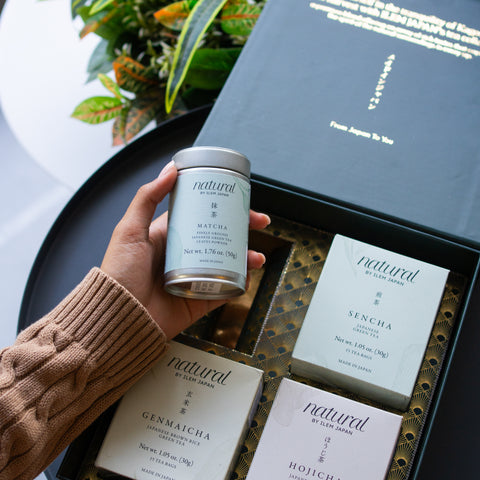
The bottom line? You could pick any cup of green tea and still be in a win-win situation, thanks to the many green tea benefits. So, if you have already decided and are wondering where to buy these teas from, we have the answer for you at ILEM JAPAN.
Our teas are carefully grown, harvested, and manufactured in Japan. Yes, it is all made in Japan to make sure we are only bringing the premium to you.







